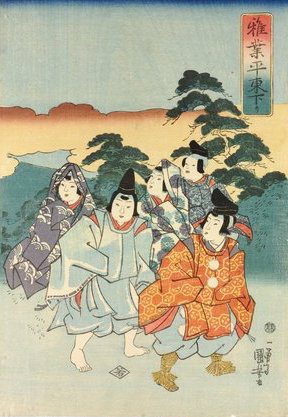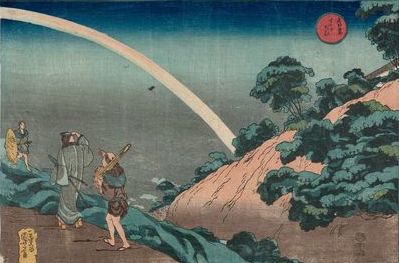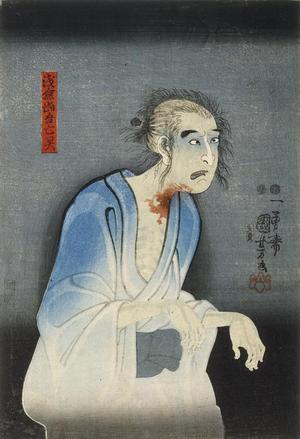Kuniyoshi and art of Edo Japan
Lee Jay Walker
Modern Tokyo Times

The Japanese artist Utagawa Kuniyoshi was born in the late eighteenth century and died in 1861. Thus, the Edo Period was in its final years shortly before Kuniyoshi died. Therefore, the old world, so familiar to Kuniyoshi, was changing internally and concerning external forces encroaching on Japan.
Kuniyoshi produced countless numbers of woodblock prints. Hence, the “floating world” was part of his artistic soul.

Kuniyoshi’s subject matter was enormous. This includes amazing landscapes, beautiful ladies, children playing, fashion, ghosts, history, kabuki actors, nature, famous samurai, and other themes.
The Museum of Fine Arts Boston says, “The rival ukiyo-e masters Utagawa Kuniyoshi and Utagawa Kunisada, the two best-selling designers of prints of the “floating world” in nineteenth-century Japan, meet in this gallery of kabuki actors, beautiful women, warriors, monsters, and more. Kunisada, the popular favorite during his lifetime, is distinguished by the realism and sensuality of his portraits, while Kuniyoshi’s dynamic action scenes and fantastic creatures are recognized today as precursors of manga and anime.”

The world of ukiyo-e also depicted the working classes naturally. Rarely politicizing but just connecting the world they belonged to. Hence, the world of Kuniyoshi through the medium of his art provides a glimpse into what made Japan tick culturally – and related to entertainment.

PLEASE DONATE TO HELP MODERN TOKYO TIMES
http://moderntokyotimes.com Modern Tokyo Times – International News and Japan News
http://sawakoart.com – Sawako Utsumi’s website and Modern Tokyo Times artist
https://moderntokyonews.com Modern Tokyo News – Tokyo News and International News
PLEASE JOIN ON TWITTER
https://twitter.com/MTT_News Modern Tokyo Times
PLEASE JOIN ON FACEBOOK